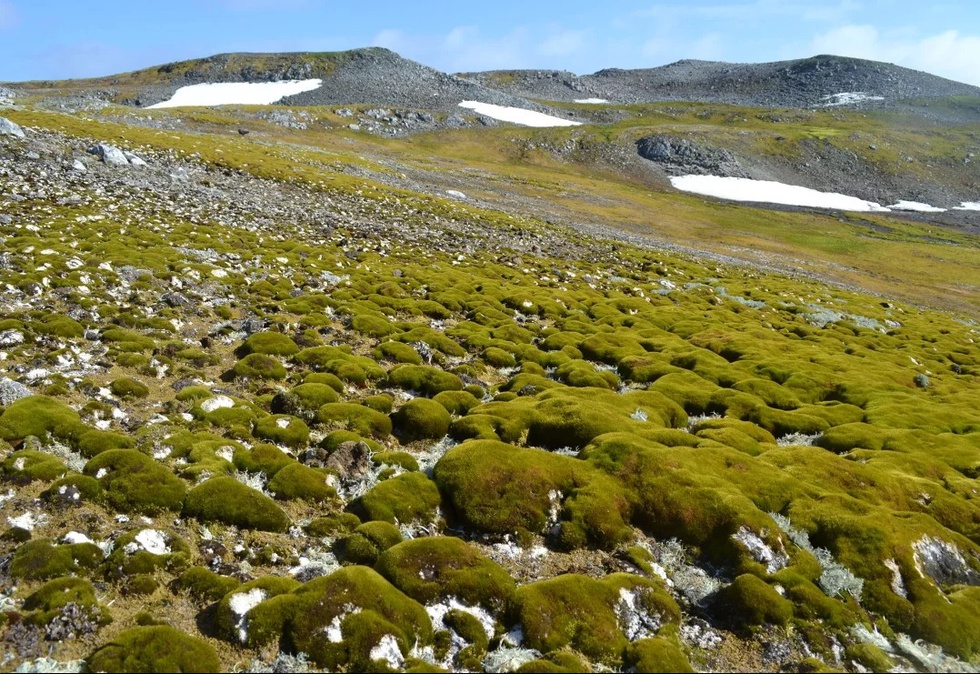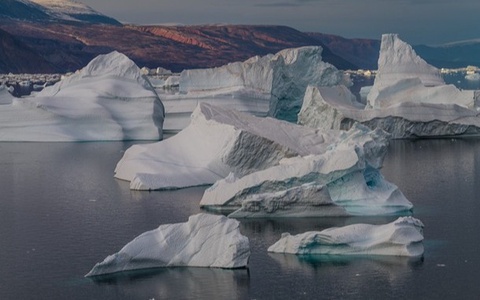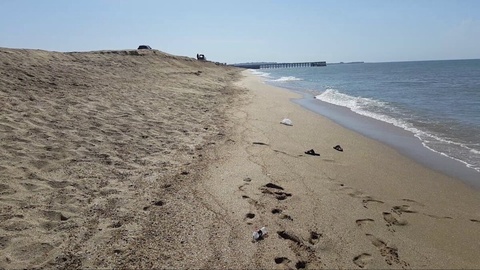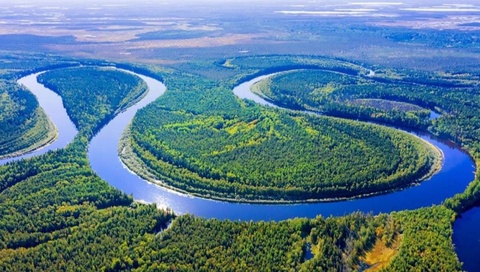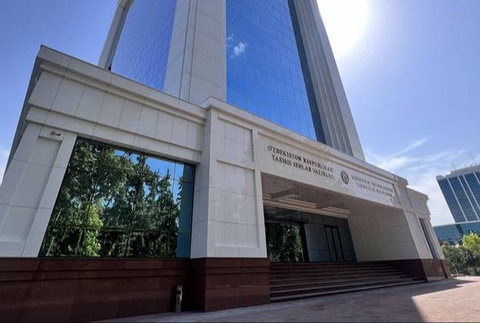The study was published in the scientific journal Nature Geoscience (NatGeo).
The team analyzed satellite data from 1986 to 2021. It turned out that the area of vegetation on the Antarctic Peninsula increased from less than one square kilometer to 12 square kilometers.
"The plants that we find on the Antarctic Peninsula, mainly mosses, grow in perhaps the harshest conditions on Earth.
The landscape is still almost completely covered with snow, ice and rocks, and only a small proportion of it is inhabited by plants.
But this tiny part has grown dramatically, which indicates that even the vast and isolated Antarctic wilderness is affected by anthropogenic climate change," said Dr. Thomas Roland from the University of Exeter.
According to scientists, an increase in the amount of vegetation in Antarctica will add organic matter to poor polar soils and pave the way for the growth of other species of flora.
Researchers are currently studying how recently ice-free landscapes are being populated by plants, and how this process may continue in the future.
Earlier, scientists created the first vegetation map in Antarctica, reports gazeta.ru.


